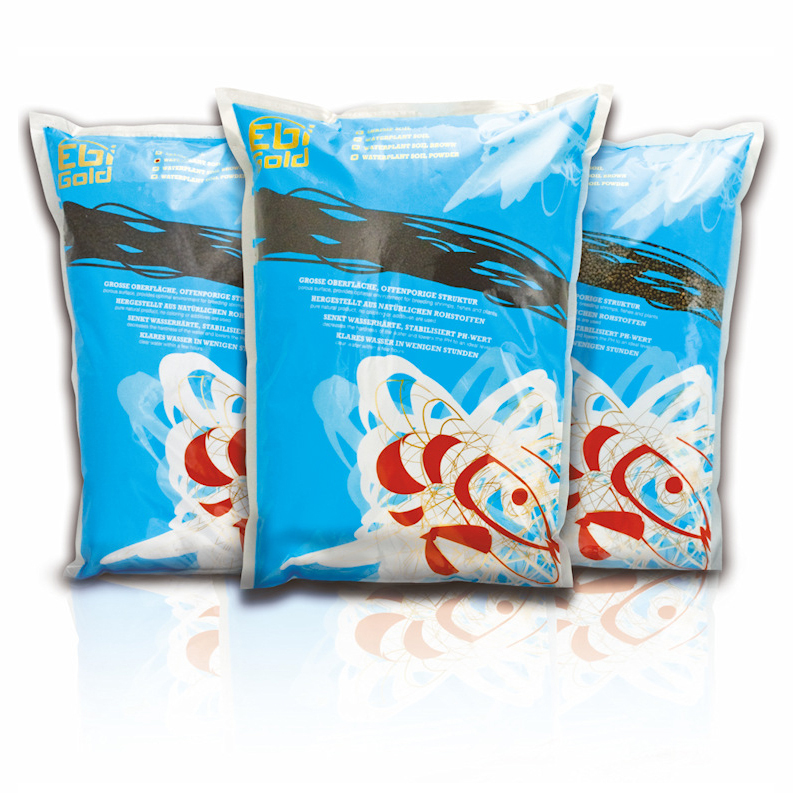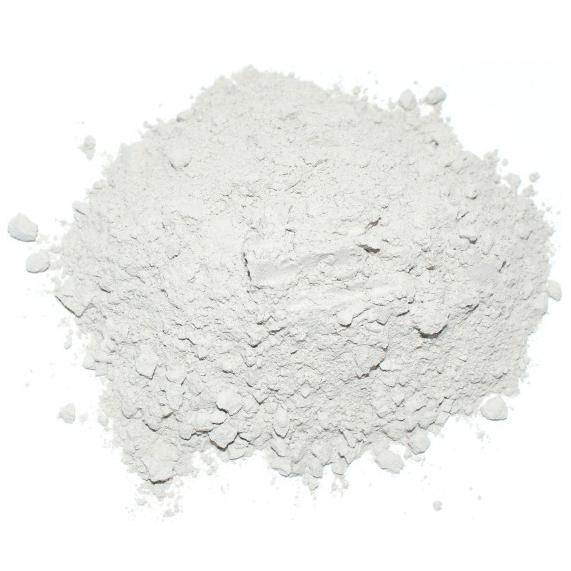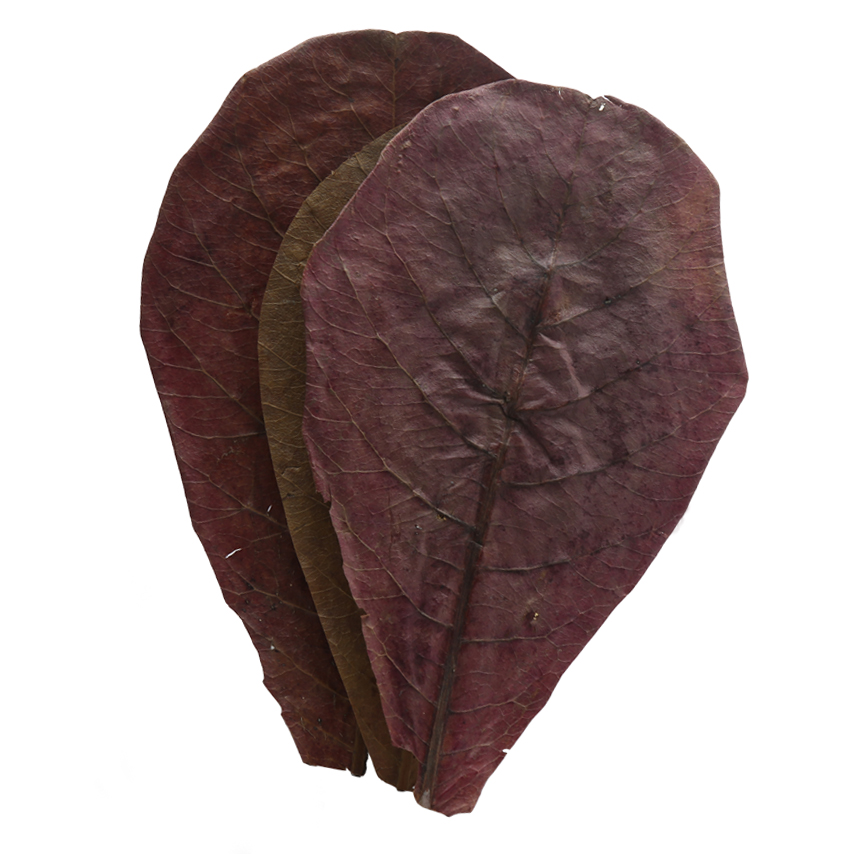
Red Bee
Caridina logemanni
Our Red Bee breeding lines consist of robust animals that have already won many awards.
- red-white coloring
- Grades A to SSS
- robust and healthy strain
Choose your variation:
 Delivery in a few working days
Delivery in a few working days
 Free shipping from €60 across Austria
Free shipping from €60 across Austria





Important data
Product description & details
The Red Bee Shrimp, Caridina logemanni, is a very popular breeding form of Bee shrimp with a beautiful red and white coloring. The wild form of Caridina logemanni comes from China and occurs in small mountain streams that have very soft, cool and oxygen-rich water. The Red Bee’s transparent body is covered in bright red and white pigments, which, depending on the grade, form continuous vertical bands, Hinomaru dots or other markings. Our Red Bees are from the Asian “Tomotaka Ueno” line, which impresses with its particularly strong and opaque colors. Through targeted selection, our animals from grades S to SSS show a beautiful, opaque white and red.
Red Bee Grades: (With and without Maro-Ten dots)
A-B (K4): 3-band and 4-band shrimp
S (K6): Tiger Tooth, V-Band
SS (T8): Hinomaru
SS (K10): Double Hinomaru, No Entry Sign, Little Lips
SSS (K12): Mosura
SSS (K14): Mosura Flower Head, Mosura Crown
SSSS (K14): Smile Head
Prizes won by our Red Bees:
- 1st place, Category 1 (Red Bee Grade A-S), Austrian Shrimp Championships, 2013
- 1st place, Category 1 (Red Bee Grade A-S), 3rd European Shrimp Contest, Piacenza 2014
- 2nd place, Category 3 (Red Bee Grade SS-SSS), 3rd European Shrimp Contest, Piacenza 2014
- 2nd place, Category 5 (Red Bee Grade SS-SSS), Austrian Shrimp Championships, Linz 2015
- 2nd place, Category 4 (Red Bee Grade A/B and S), TGISC, Dortmund 2017
Caring for the Red Bee in the aquarium
Caridina logemanni is one of the more demanding shrimp species, which depends primarily on soft water and water values that are as stable as possible. Keeping this beautiful shrimp is possible in aquariums with a capacity of 10 liters or more, but since the water values fluctuate significantly less with more volume, we recommend an aquarium that holds 20 liters or more. The Red Bee needs clean, oxygen-rich, soft and lime-free water (GH 3-8, CH 0-3), which is why it is best kept on re-mineralized osmosis water. The Bee Shrimp Mineral GH+ is suitable as a mineral salt. We recommend active soil as substrate, such as Ebi Gold Shrimp Soil, which sets and maintains the correct water parameters. It is also important that the temperature of the water does not exceed 25°C for long periods of time, even in summer. In order for this sociable dwarf shrimp to feel safe, it should be kept in a group of at least 10 animals and in a well-planted aquarium. The plants, but also wood, stone structures or shrimp tubes offer it protection and places of retreat. Ideally, the Red Bee is kept in a pure shrimp aquarium, possibly with snails. It is possible to socialize with small fish that do not chase it, but loss of shrimplets is to be expected.
Feeding
As a classic leftover recycler, the Red Bee feeds on biofilm and algae growth as well as detritus (dead plant material, carrion, leftover food). In the aquarium it can be fed with special types of shrimp food, leaves, algae powder and occasionally frozen food. Ideally, there are always brown autumn leaves in the aquarium, which represent optimal permanent food for the animals.
Sexual characteristics and breeding
Sex determination is usually not possible in young animals, but only in sexually mature animals. Juveniles and males have a narrower underside of the abdomen, while sexually mature females have a wider underside that covers the swimming legs like a “skirt”. This widening of the abdomen serves to protect the eggs, which the female carries and cares between her swimming legs until they hatch. As with most dwarf shrimp, female Red Bee adults are slightly larger than males. Caridina logemanni reproduces in fresh water and can be bred in an aquarium without any problems as long as the water parameters are right. After a gestation period of around 3 to 4 weeks, the female releases around 10-30 fully developed shrimplets, which initially feed on microorganisms present in the aquarium and can be fed with dust food.








